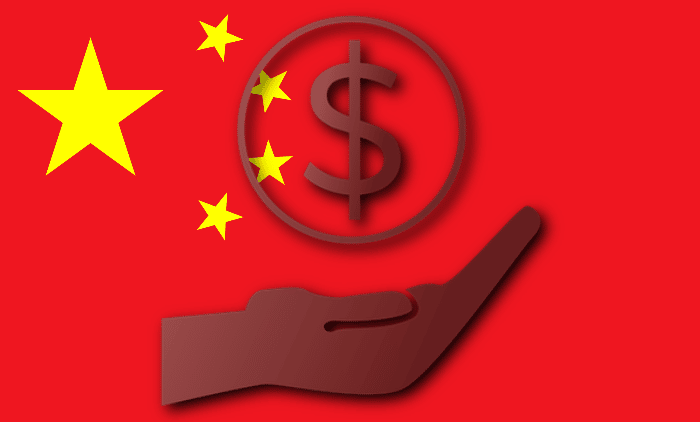The RMB exchange rate remains basically stable and has a solid foundation
[ad_1]
The RMB exchange rate has resumed its upward trend after a brief depreciation. On March 25, the central parity rate of the RMB against the U.S. dollar increased by 8 basis points to 7.0996; on the 26th, the central parity rate increased again by 53 basis points to 7.0943; on the 27th, the central parity rate changed by 3 basis points to 7.0946. Last week, disturbed by Japan’s “boots in” interest rate hike and the Swiss National Bank’s unexpected interest rate cut, the global foreign exchange market experienced violent fluctuations, which also drove the RMB exchange rate to a new low, falling below the 7.20 mark for the first time this year. However, overall, the RMB exchange rate still performed outstandingly among non-US dollar currencies, with a relatively small decline.
Analysts from Donghai Securities believe that the pressure on the RMB this time mainly stems from three aspects: First, the U.S. dollar is stronger amid expectations of interest rate cuts in Europe. On March 21, the Swiss National Bank lowered its benchmark interest rate by 25 basis points to 1.5%, becoming the first to start an interest rate cut cycle among European and American economies. The market expects that the Bank of England will cut interest rates in June or before with a probability of more than 50%. As an important component of the US dollar index, the pressure on the exchange rates of the euro and the pound indirectly provided support for the US dollar. Secondly, the U.S. economy has shown resilience, but there is still a certain degree of misalignment between China and the U.S. monetary policies. Finally, the countercyclical factor of the central parity rate of the RMB exchange rate releases a signal. The current onshore and offshore exchange rates deviate greatly from the RMB central parity rate, and the central parity rate may be passively adjusted due to the strength of the US dollar.
“The recent performance of the RMB exchange rate is more inclined to periodic fluctuations. The main reason is that the recent short-term uncertainties from overseas have disturbed the foreign exchange market sentiment.” Zhou Maohua, a macro researcher at the Financial Market Department of Everbright Bank, said that the current exchange rate of the RMB against a basket of currencies ( CFETS) index fluctuates around 98 to 99, indicating that the RMB exchange rate remains stable, and the fluctuation range of the RMB exchange rate is significantly smaller than that of major currencies such as the US dollar, and the overall market sentiment is stable.
Guo Lei, chief economist of GF Securities, believes that aside from short-term disturbance factors, there are two major favorable factors for the RMB exchange rate: First, the domestic risk-free interest rate has been on the low side. Since 2020, the nominal GDP growth rate/10-year government bond yield has been The average value is 2.2 times, which means that the current 10-year government bond yield of about 2.3% implies a nominal GDP growth rate of about 5.0%, which is already near the lower limit of the nominal growth assumption; second, the policy has a clearer attitude towards the exchange rate. . On March 21, the People’s Bank of China pointed out at a press conference of the State Council Information Office that it “insists that the market plays a decisive role in the formation of exchange rates” and “strengthens guidance of expectations to prevent the risk of exchange rate overshooting.” The basic attitude of the policy towards exchange rates has not changed. Therefore, the RMB exchange rate has the conditions to remain basically stable.
“There is a solid foundation for the RMB exchange rate to continue to remain basically stable.” Zhou Maohua said that from abroad, the monetary policies of major developed economies have turned and the external environment has tended to improve at the margin. From a domestic perspective, my country’s economic fundamentals are relatively good, which is an important basis for exchange rate stability; the opening of the financial market is steadily advancing, and RMB assets are more attractive to international investors; cross-border trade, investment and financing have been facilitated, and the international use of RMB accounts for The exchange rate has improved, and the micro-foundation for exchange rate stability continues to be solid. The People’s Bank of China will also insist that the exchange rate is mainly determined by market supply and demand and maintain the flexibility of the RMB exchange rate. At the same time, it will adhere to bottom-line thinking, correct procyclical behavior, and prevent the risk of exchange rate overshooting.
[ad_2]
Source link



